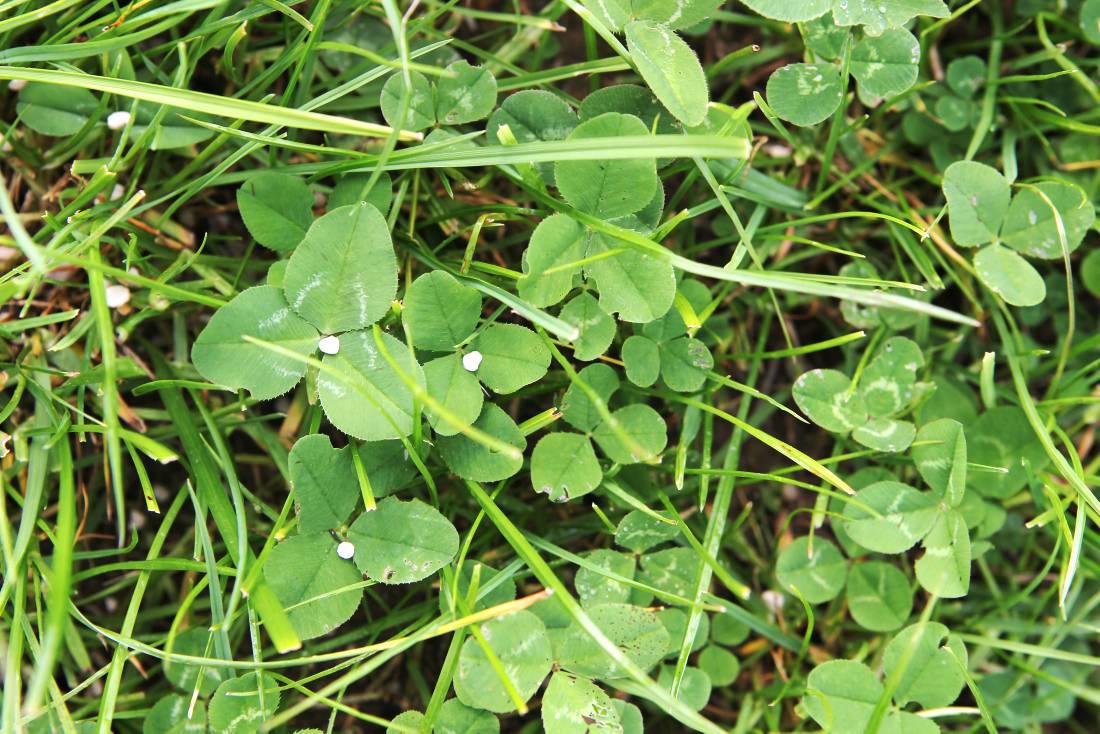Speaking at the sold out Irish Grassland Association annual dairy conference today in Cork, Brian McCarthy of Teagasc Moorepark detailed a trial he carried out on the effect of clover on pasture dry matter (DM) production and animal performance. Tetraploid and Diploid swards sown with and without clover and the results were observed for a year.
Findings
In the first year of the trial, cows receiving clover inclusive swards produced 55kg more milk solids per cow compared with cows on grass only diets. The swards with clover also produced 2t DM/ha more compared with grass only swards and they also performed well during drought conditions in July, producing 20kg more dry matter per day than grass only swards. However, some negative aspects of using high rates of clover in pastures is the risk of bloat in cows, with one cow dying in August.
To reduce the risk of this happening bloat oil was mixed with the water, which worked well but when heavy rain came, the cows’ intake of water from troughs reduced and bloat became an issue again.
Growth
Another perceived negative of high clover content is reduced early spring growth. From this year’s trial, it was evident that grass only pastures started growing earlier. However, clover inclusive pastures outperformed the rest in total annual growth and many paddocks had to be taken out for surplus silage.
McCarthy said it could be argued that these extra silage bales could be fed in the spring when growth rates may be slower for clover inclusive pastures. He also warned that it is the first year of the trial and more data needs to be gathered over another few years.
Nitrogen
Another trial carried out by McCarthy on the influence of nitrogen fertilisation levels and white clover incorporation on pasture DM production and animal performance had interesting results. After year one, milk yield and solids production per cow per day were lower on grass only swards, receiving 250kg N/ha compared with grass and white clover swards receiving 150kg N/ha.
McCarthy noted the potential saving that could be made by farmers when looking at the total herbage production of the two treatments. Clover inclusive swards only getting 150kg N produced as much herbage as grass only swards getting 250kg N.






SHARING OPTIONS